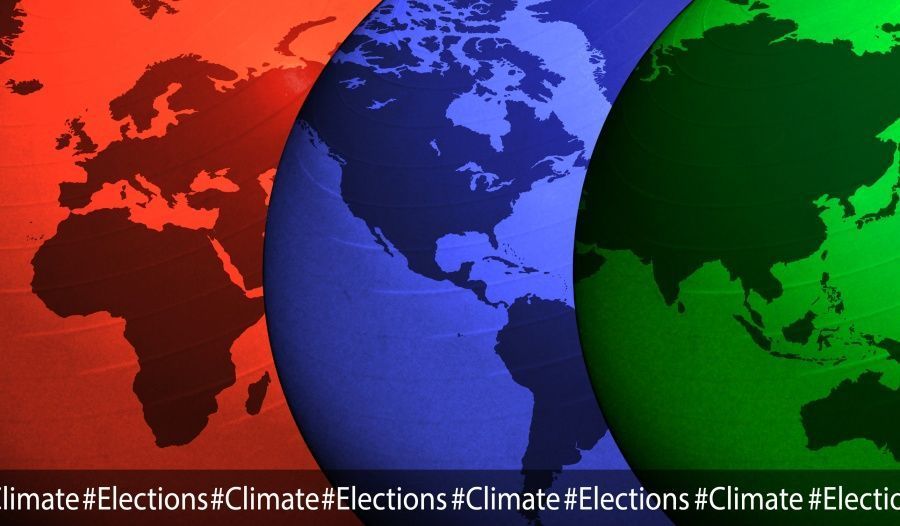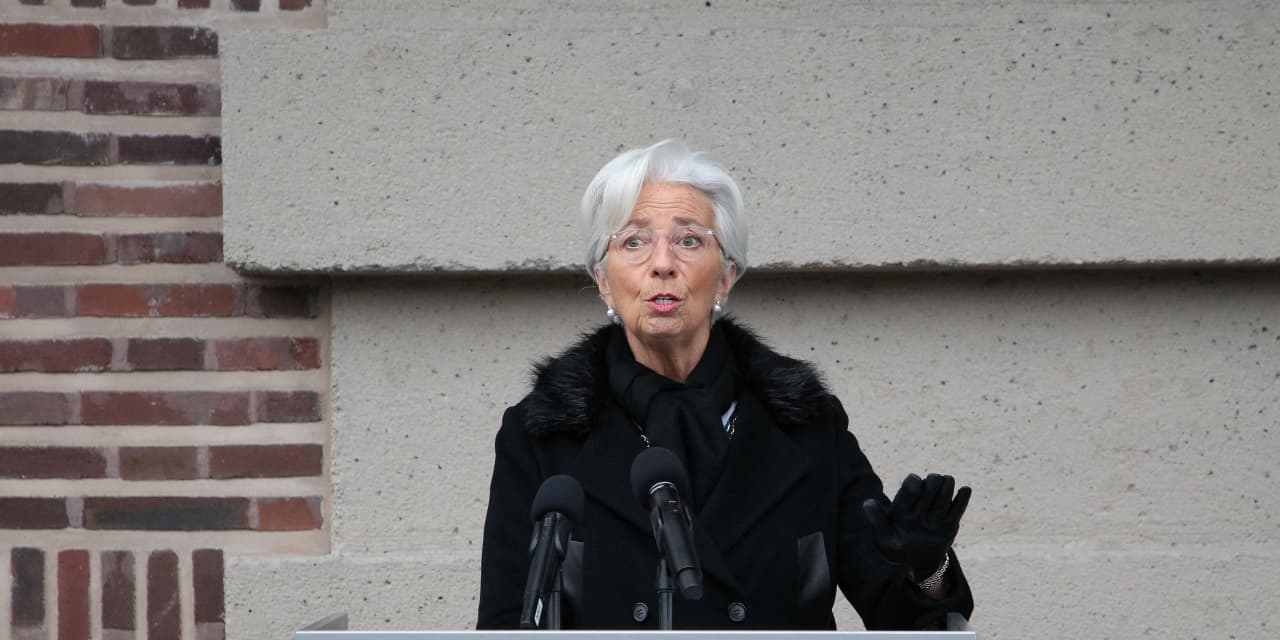Kashmir: A Deep Dive Into The History And Geopolitics Of The India-Pakistan Conflict

Table of Contents
The Historical Roots of the Kashmir Conflict
The Kashmir conflict's origins are deeply rooted in the tumultuous period surrounding the partition of British India in 1947. Prior to partition, the princely state of Jammu and Kashmir, ruled by Maharaja Hari Singh, enjoyed a degree of autonomy. This autonomy, however, was soon challenged by the rapidly changing political landscape.
The Accession to India (1947)
The controversial accession of Jammu and Kashmir to India remains a central point of contention. Following independence, Maharaja Hari Singh initially hesitated to join either India or Pakistan, hoping to maintain his state's independence. However, following an invasion by Pashtun tribesmen supported by Pakistan in October 1947, he was forced to seek assistance from India. This led to the signing of the Instrument of Accession, a legally controversial document which brought Kashmir under Indian control.
- The role of Lord Mountbatten: The then Governor-General of India, Lord Mountbatten, played a crucial role in negotiating the accession, a decision that continues to be debated for its legality and fairness.
- The Instrument of Accession: This document, signed under duress, remains a subject of intense dispute, with Pakistan arguing that it lacked legitimacy.
- The beginning of the First Kashmir War: The tribal invasion triggered the First Kashmir War, marking the beginning of the long-standing conflict.
The First Kashmir War (1947-1949)
The First Kashmir War saw fierce fighting between Indian and Pakistani forces. The involvement of regular Pakistani troops further escalated the conflict. The United Nations intervened, leading to a ceasefire and the establishment of a Line of Control (LoC), a military demarcation line that still divides Kashmir today.
- Key battles: Numerous battles were fought along the LoC, shaping the current territorial divisions.
- The role of the UN Security Council: The UN Security Council passed several resolutions calling for a plebiscite to determine the will of the Kashmiri people, a process that has never been implemented.
- The ceasefire agreement: The ceasefire agreement of 1949, while halting the immediate fighting, left the Kashmir issue unresolved, setting the stage for future conflicts.
Subsequent Conflicts and Tensions
The Kashmir issue did not remain dormant after the first war. Subsequent conflicts between India and Pakistan, including the 1965 and 1971 wars, further exacerbated tensions and shaped the geopolitical landscape of the region.
- The Siachen Glacier conflict: The Siachen Glacier, a strategically important high-altitude region, has been the site of a long-running military standoff between India and Pakistan.
- The Kargil War (1999): This war highlighted the continuing volatility of the Kashmir region and the threat of cross-border infiltration.
Geopolitical Dimensions of the Kashmir Conflict
The Kashmir conflict transcends a simple territorial dispute; it is deeply entangled with regional and global geopolitical dynamics.
The Role of International Actors
Several international actors, including the UN, US, and China, have played significant roles in attempting to mediate the conflict or shaping its trajectory through their own geopolitical interests.
- UN resolutions: Multiple UN resolutions call for a peaceful resolution, including a plebiscite, but their implementation remains stalled.
- US foreign policy: The US has historically attempted to play a mediating role, balancing its relationship with both India and Pakistan.
- China's strategic interests: China's growing influence in the region, particularly its relationship with Pakistan, adds another layer of complexity to the issue.
Internal Dynamics within Kashmir
The situation in Kashmir is further complicated by the diverse perspectives and actors within the region itself. The Kashmiri people, long caught in the crossfire, have diverse views on the conflict's resolution.
- The rise of Kashmiri separatist movements: Various separatist groups advocate for independence or accession to Pakistan.
- Human rights violations: Allegations of human rights abuses by both Indian and Pakistani forces have fueled the conflict.
- The impact of the insurgency on civilian life: Decades of conflict have had a devastating impact on the Kashmiri population, disrupting daily life and causing immense suffering.
The Impact on Regional Stability
The Kashmir conflict poses a significant threat to regional stability. Its potential for escalation, especially given the nuclear capabilities of both India and Pakistan, is a major global concern.
- Nuclear proliferation: The presence of nuclear weapons in the region raises the stakes considerably, making the Kashmir conflict a potentially catastrophic issue.
- Cross-border terrorism: Cross-border terrorism has been a recurring feature of the conflict, fueling further instability and violence.
- The impact on Indo-Pak relations: The Kashmir dispute remains a major obstacle to improved relations between India and Pakistan.
The Current State of the Kashmir Conflict
The revocation of Article 370 in 2019, which granted special autonomous status to Jammu and Kashmir, marked a significant turning point in the conflict. This move triggered widespread protests and further intensified international scrutiny.
Post-Article 370 Kashmir
The changes introduced following the revocation of Article 370 have profoundly altered the region's administrative structure and its relationship with the rest of India. The long-term consequences remain to be seen.
- Security measures: Increased security measures have been implemented across the region, raising concerns about human rights.
- Economic development initiatives: The Indian government has initiated several economic development schemes aimed at integrating Jammu and Kashmir further into the Indian economy.
- The ongoing human rights situation: Human rights organizations continue to express deep concern about the situation in Kashmir, documenting alleged abuses.
- International reactions: The revocation of Article 370 has drawn international criticism, highlighting the enduring international interest in the Kashmir issue.
Conclusion
The Kashmir conflict remains a deeply complex and multifaceted issue with historical roots entwined with contemporary geopolitics. Understanding its intricate history, the diverse perspectives of its stakeholders, and the ongoing international implications is vital to comprehending the ongoing instability in the region. While a lasting solution remains elusive, continued dialogue, international engagement, and a focus on human rights are crucial steps toward a peaceful resolution to the Kashmir conflict. Further research into the various aspects of this enduring dispute will help foster a better understanding of the region and its future. To learn more about the different perspectives on this issue, explore further resources on the Kashmir conflict.

Featured Posts
-
 Trade War Update High Level U S And China Talks Scheduled
May 08, 2025
Trade War Update High Level U S And China Talks Scheduled
May 08, 2025 -
 Is A Half Point Interest Rate Cut The Right Move For The Bank Of England
May 08, 2025
Is A Half Point Interest Rate Cut The Right Move For The Bank Of England
May 08, 2025 -
 Seged Shokirao Pariz I Plasirao Se U Chetvrtfinale Lige Shampiona
May 08, 2025
Seged Shokirao Pariz I Plasirao Se U Chetvrtfinale Lige Shampiona
May 08, 2025 -
 Pressure Mounts Taiwans Soaring Dollar Demands Economic Reform
May 08, 2025
Pressure Mounts Taiwans Soaring Dollar Demands Economic Reform
May 08, 2025 -
 The 10 Greatest Characters From Saving Private Ryan
May 08, 2025
The 10 Greatest Characters From Saving Private Ryan
May 08, 2025
